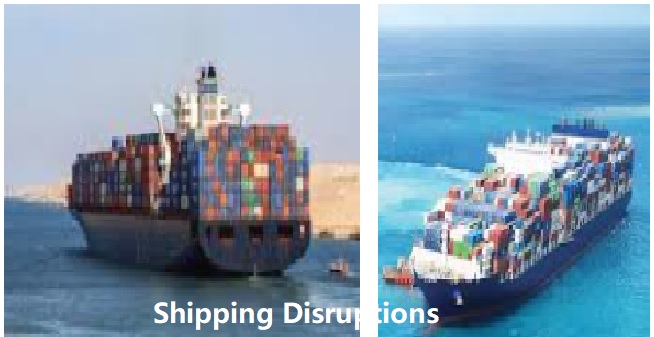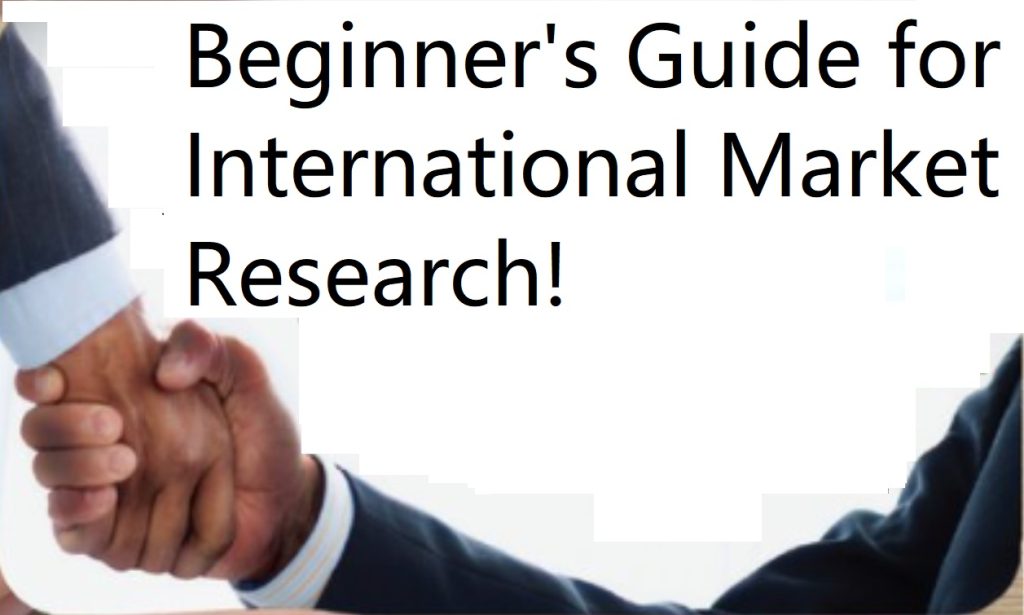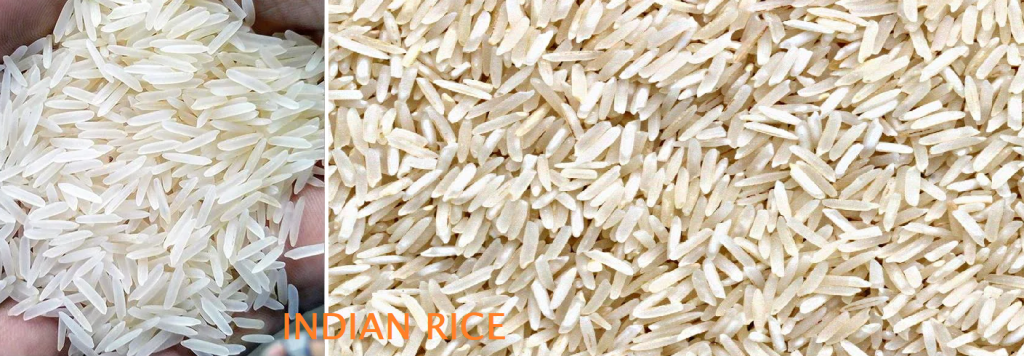A Comprehensive Report on Product Description, Import Tariffs, and Global Demand
HS Code 64069010 classifies footwear with outer soles of rubber, plastics, leather, or composition leather and uppers of textile materials. This category typically includes sports footwear, such as tennis shoes, sneakers, and similar athletic footwear.







